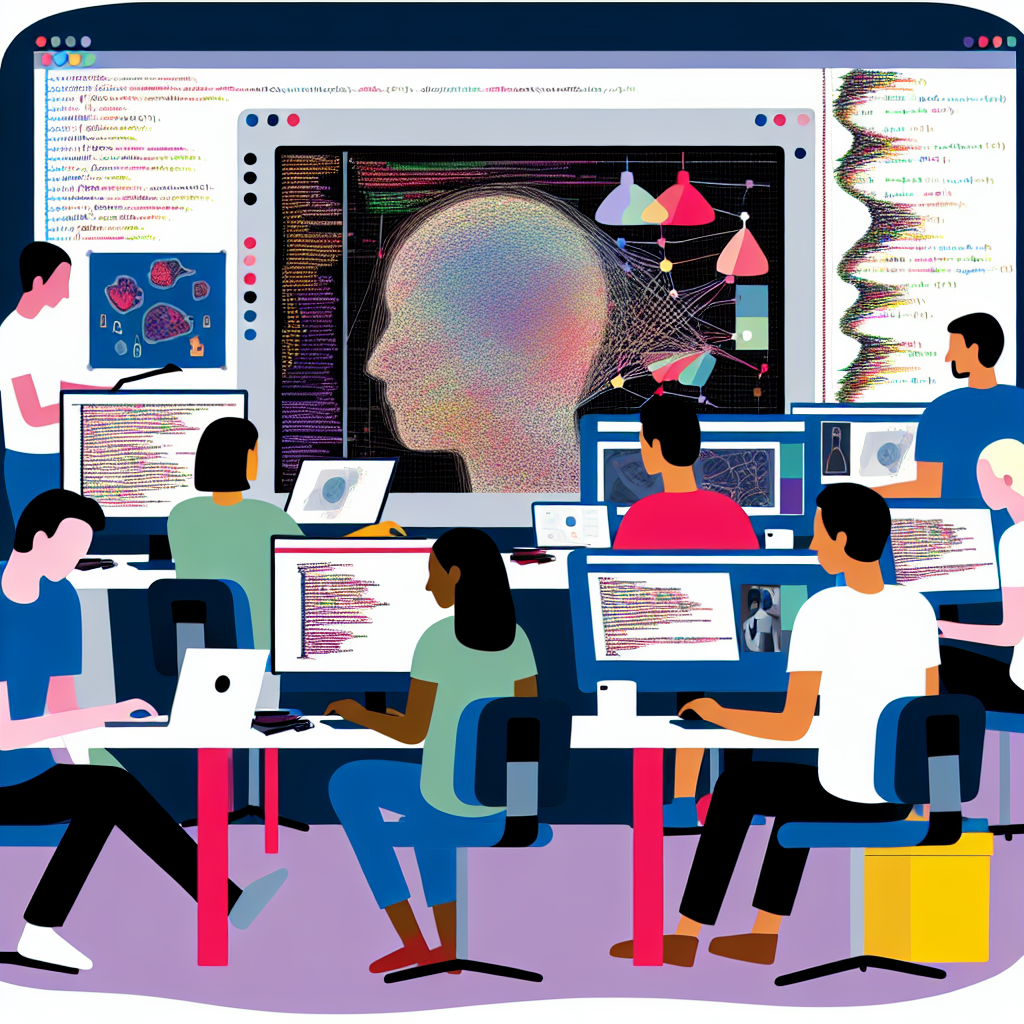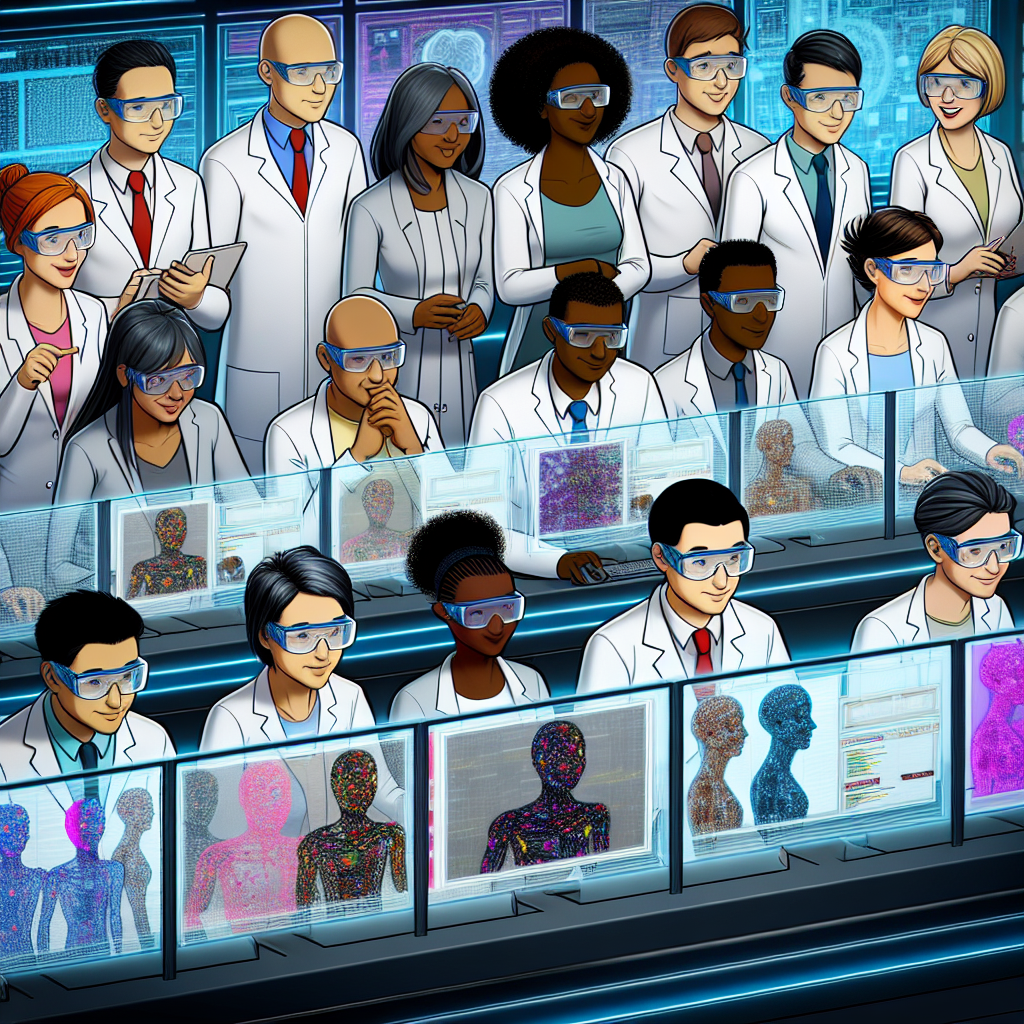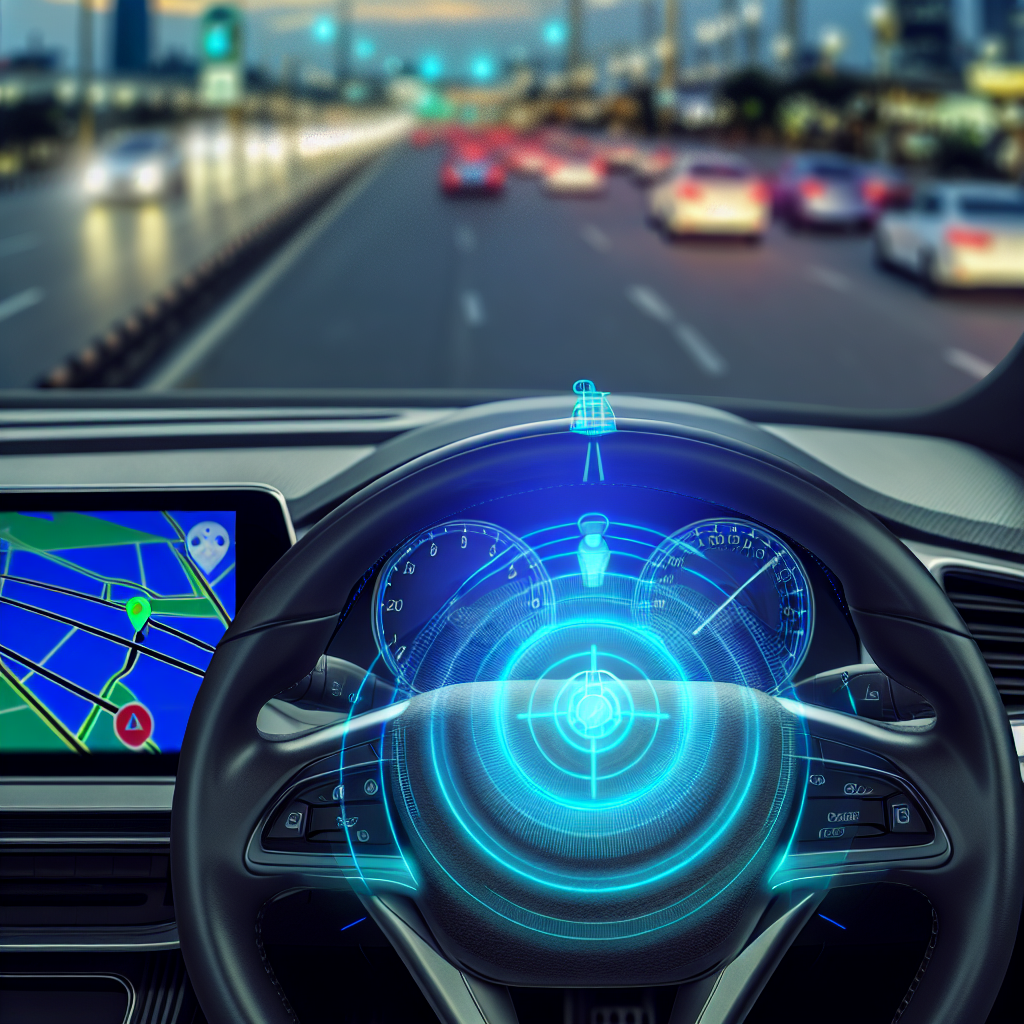Advancements in AI Image Detection: OpenAI’s Latest Breakthroughs
OpenAI, the renowned artificial intelligence research laboratory, is making significant strides in the field of AI image detection. With their latest breakthroughs, they are revolutionizing the way machines perceive and understand visual information. This article will delve into the advancements OpenAI has made in this domain, highlighting the potential impact on various industries.
One of the key areas OpenAI is focusing on is object detection. Traditional computer vision algorithms have struggled with accurately identifying and localizing objects in images. However, OpenAI’s new AI image detection tools are changing the game. By leveraging deep learning techniques and vast amounts of training data, these tools can now detect and classify objects with remarkable precision.
This breakthrough has far-reaching implications. In the healthcare industry, for instance, AI image detection can aid in the early detection of diseases. By analyzing medical images, such as X-rays or MRIs, OpenAI’s tools can identify anomalies or potential signs of illness that might be missed by human eyes. This could lead to faster diagnoses and improved patient outcomes.
Another industry that stands to benefit from OpenAI’s advancements is autonomous driving. Self-driving cars heavily rely on computer vision systems to navigate and make decisions on the road. With OpenAI’s improved object detection capabilities, these systems can better identify pedestrians, cyclists, and other vehicles, enhancing safety and reducing the risk of accidents.
OpenAI is also making strides in the field of image recognition. Their AI tools can now recognize and categorize a wide range of objects, scenes, and even emotions depicted in images. This has significant implications for e-commerce, where image recognition can be used to automatically tag and categorize products, making it easier for customers to find what they are looking for. Additionally, image recognition can be used to monitor social media platforms for inappropriate or harmful content, helping to create safer online spaces.
Furthermore, OpenAI’s advancements in AI image detection have the potential to revolutionize the creative industry. Artists and designers can now leverage these tools to generate new ideas and concepts. By inputting a few keywords or rough sketches, the AI can generate detailed and visually appealing images, providing a source of inspiration and aiding in the creative process.
Despite these remarkable advancements, OpenAI acknowledges the ethical considerations surrounding AI image detection. They are actively working on ensuring that their tools are unbiased and do not perpetuate harmful stereotypes or discriminatory practices. OpenAI is committed to transparency and accountability, striving to create AI systems that benefit society as a whole.
In conclusion, OpenAI’s latest breakthroughs in AI image detection are transforming various industries. From healthcare to autonomous driving, e-commerce to the creative industry, the potential applications are vast. With improved object detection and image recognition capabilities, OpenAI is paving the way for safer, more efficient, and more creative use of visual information. As they continue to refine their tools and address ethical concerns, the future of AI image detection looks promising.
Exploring OpenAI’s New AI Image Detection Tools: A Game-Changer in Visual Recognition

OpenAI, the renowned artificial intelligence research laboratory, is making waves once again with its latest project: new AI image detection tools. This development has the potential to revolutionize the field of visual recognition, opening up a world of possibilities for various industries.
The team at OpenAI has been tirelessly working on enhancing the capabilities of AI systems to detect and understand images. With the advent of deep learning and neural networks, significant progress has been made in this area. However, there are still challenges to overcome, such as accurately identifying objects in complex scenes or recognizing images with low resolution.
OpenAI’s new AI image detection tools aim to address these challenges head-on. By leveraging state-of-the-art algorithms and vast amounts of training data, these tools can achieve remarkable accuracy in identifying objects and understanding their context within an image. This breakthrough has the potential to benefit a wide range of applications, from autonomous vehicles to medical imaging.
One of the key features of OpenAI’s image detection tools is their ability to handle complex scenes. Traditional computer vision algorithms often struggle when faced with cluttered or crowded images, leading to inaccurate object detection. OpenAI’s tools, on the other hand, can effectively analyze and interpret such scenes, enabling more reliable and precise object recognition.
Moreover, OpenAI’s image detection tools excel at recognizing objects in images with low resolution. This is particularly important in scenarios where images may be captured under challenging conditions, such as surveillance footage or satellite imagery. By leveraging advanced techniques like super-resolution, OpenAI’s tools can enhance the quality of low-resolution images, enabling more accurate object detection.
The potential applications of OpenAI’s image detection tools are vast. In the field of autonomous vehicles, for instance, these tools can play a crucial role in ensuring the safety and efficiency of self-driving cars. By accurately detecting and understanding objects on the road, AI systems can make informed decisions and navigate complex traffic scenarios with ease.
In the healthcare industry, OpenAI’s image detection tools can revolutionize medical imaging. By accurately identifying anomalies or diseases in medical scans, doctors can make more accurate diagnoses and provide better treatment options to patients. This can potentially save lives and improve the overall quality of healthcare.
Another exciting application of OpenAI’s image detection tools is in the field of e-commerce. With the rise of online shopping, the ability to accurately detect and classify products in images is crucial. OpenAI’s tools can enable more efficient product search and recommendation systems, enhancing the overall user experience and driving sales for businesses.
In conclusion, OpenAI’s new AI image detection tools have the potential to be a game-changer in visual recognition. By addressing the challenges of complex scenes and low-resolution images, these tools can achieve remarkable accuracy in object detection and understanding. The applications of this technology are vast, ranging from autonomous vehicles to healthcare and e-commerce. As OpenAI continues to push the boundaries of AI research, we can expect even more groundbreaking developments in the future.
OpenAI’s Cutting-Edge Image Detection Technology: Revolutionizing the Way We Analyze Visual Data
OpenAI, the renowned artificial intelligence research laboratory, is making significant strides in the field of image detection technology. With their cutting-edge tools, they are revolutionizing the way we analyze visual data. This breakthrough has the potential to transform various industries, from healthcare to autonomous vehicles, by providing accurate and efficient image recognition capabilities.
One of the key areas where OpenAI’s image detection technology is making a significant impact is in healthcare. Medical professionals often rely on visual data, such as X-rays and MRIs, to diagnose and treat patients. However, analyzing these images can be time-consuming and prone to human error. OpenAI’s advanced algorithms can quickly and accurately detect abnormalities in medical images, enabling doctors to make more informed decisions and potentially saving lives.
In addition to healthcare, OpenAI’s image detection technology is also being applied in the field of autonomous vehicles. Self-driving cars heavily rely on visual data to navigate and make decisions on the road. OpenAI’s tools can identify and classify objects in real-time, allowing autonomous vehicles to detect pedestrians, traffic signs, and other vehicles with remarkable precision. This technology has the potential to enhance road safety and accelerate the adoption of self-driving cars.
Another industry that can benefit greatly from OpenAI’s image detection technology is e-commerce. Online retailers often struggle with categorizing and tagging their vast inventory of products. With OpenAI’s tools, they can automate the process of image recognition, making it easier to organize and search for products. This not only improves the user experience but also enables retailers to optimize their inventory management and increase sales.
OpenAI’s image detection technology is not limited to specific industries. It can be applied in various domains where visual data analysis is crucial. For instance, law enforcement agencies can use this technology to identify suspects in surveillance footage, aiding in criminal investigations. Environmental scientists can leverage it to analyze satellite images and monitor changes in ecosystems. The possibilities are endless.
What sets OpenAI’s image detection technology apart is its ability to continuously learn and improve. The algorithms are trained on vast amounts of data, allowing them to recognize patterns and make accurate predictions. As more data becomes available, the algorithms can adapt and refine their understanding of visual data, leading to even better performance over time.
However, it is important to address the ethical implications of this technology. OpenAI acknowledges the potential risks associated with image detection algorithms, such as biases and privacy concerns. They are committed to ensuring that their tools are fair, transparent, and respect user privacy. OpenAI actively collaborates with experts and policymakers to develop guidelines and frameworks that promote responsible use of AI technologies.
In conclusion, OpenAI’s image detection technology is revolutionizing the way we analyze visual data. From healthcare to autonomous vehicles, this breakthrough has the potential to transform various industries. With its ability to quickly and accurately detect objects in images, OpenAI’s tools are enhancing decision-making processes and improving efficiency. However, it is crucial to address the ethical implications and ensure responsible use of this technology. OpenAI’s commitment to fairness and transparency sets a positive example for the AI community as a whole.


